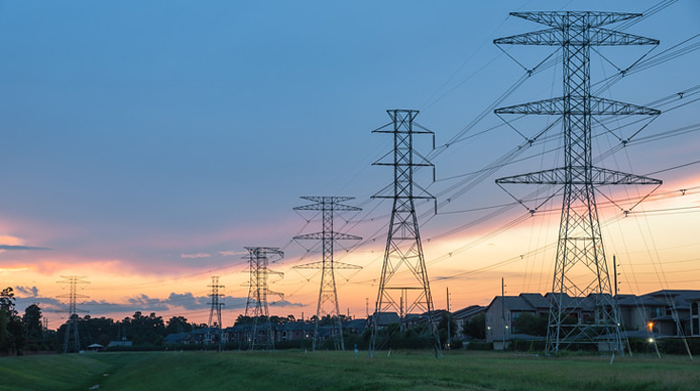How an Electric Clock Birthed the Modern Power Grid

Image courtesy of polaristest under Attribution-NonCommercial-NoDerivs 2.0 Generic License, resized to 700 x 391 pixels.
In October 1916, a new-fangled electric clock was installed in Boston-based Edison Electric Illuminating Company’s L Street generating station. Featuring a pendulum and a synchronous self-starting motor, this new type of clock was used to regulate the frequency of the station’s AC electricity. Eventually, the clock regulated about 95% of all power lines in the country.
History of Warren’s Electric Clock
The clock was developed by an engineer named Henry E. Warren, who eventually created the Warren Telechron Company to oversee its commercial expansion. The clock was unique and innovative because it helped electric utilities maintain the ubiquitous 60-hertz standard. Before this new electric clock was introduced, this standard could not be reliably maintained.
The electric clock was not Warren’s first – he had been working the previous 10 years to perfect a way to regulate clocks. In fact, he started producing battery-operated clocks via his Warren Clock Company in 1912. Ultimately, these first iterations failed to reliably keep time. But he kept at it, and just 4 years later came up with something that revolutionized the entire industry.
By maintaining the 60-hertz standard, Warren’s clock allowed utilities to create an integrated grid. Before the invention, utilities only served a small number of customers, which meant there was little need for standardization or integration. But as electricity use grew exponentially, the need for a nationwide standard became a must-have. And luckily, Warren’s electric clock appeared on the scene at precisely the right time to provide this.
There were multiple versions of the clock. The “Master B” version was introduced in 1920 as a cheaper (and less accurate) option for standalone, non-integrated grids. In 1921, “Type C” was introduced for use at DC power stations. “Type D” was a test model that was never commercialized, and “Type E,” which came out in 1929, targeted interconnected grids.
Warren’s electric clock dominated until the late 1940’s, but eventually the technology was displaced. Today, atomic clocks are used to regulate grid frequency, but there is little doubt that Henry E. Warren is the grandfather of today’s power grid.



